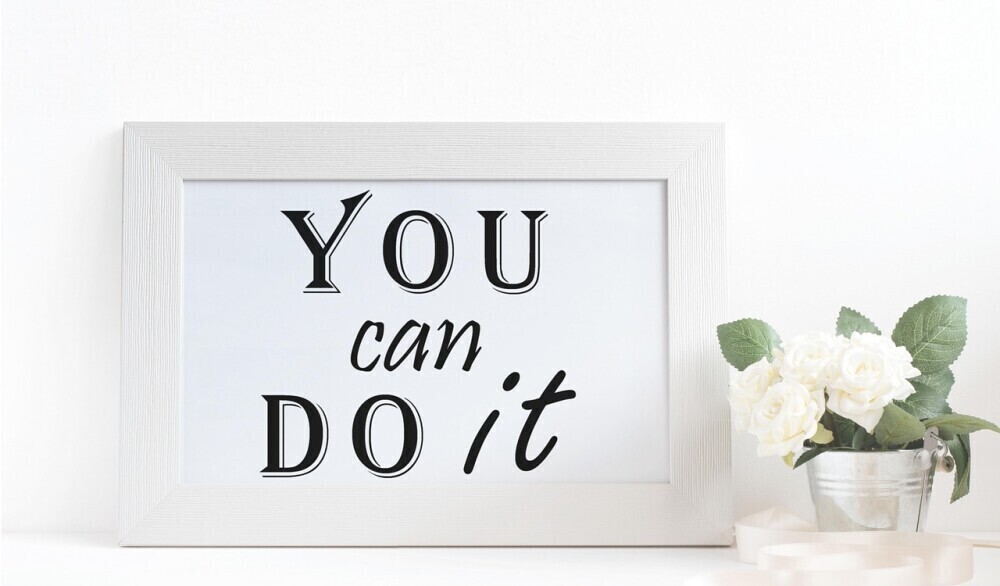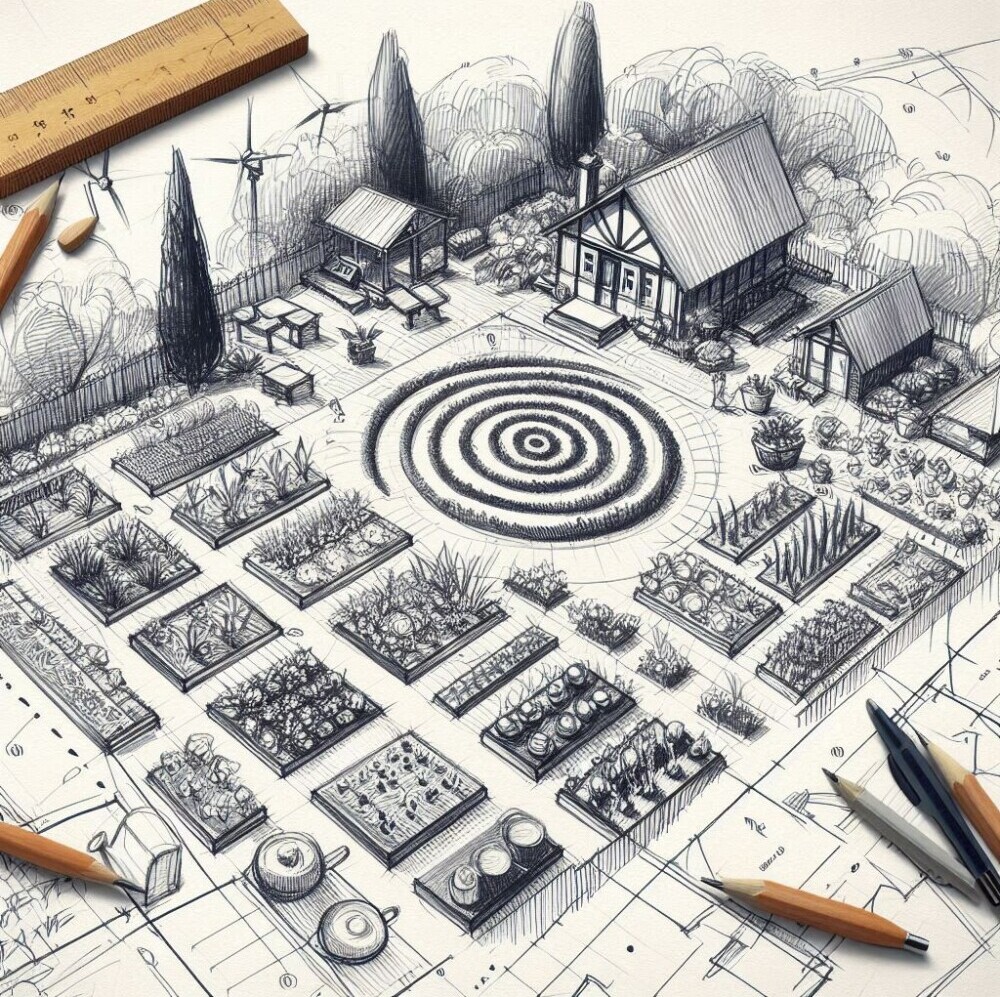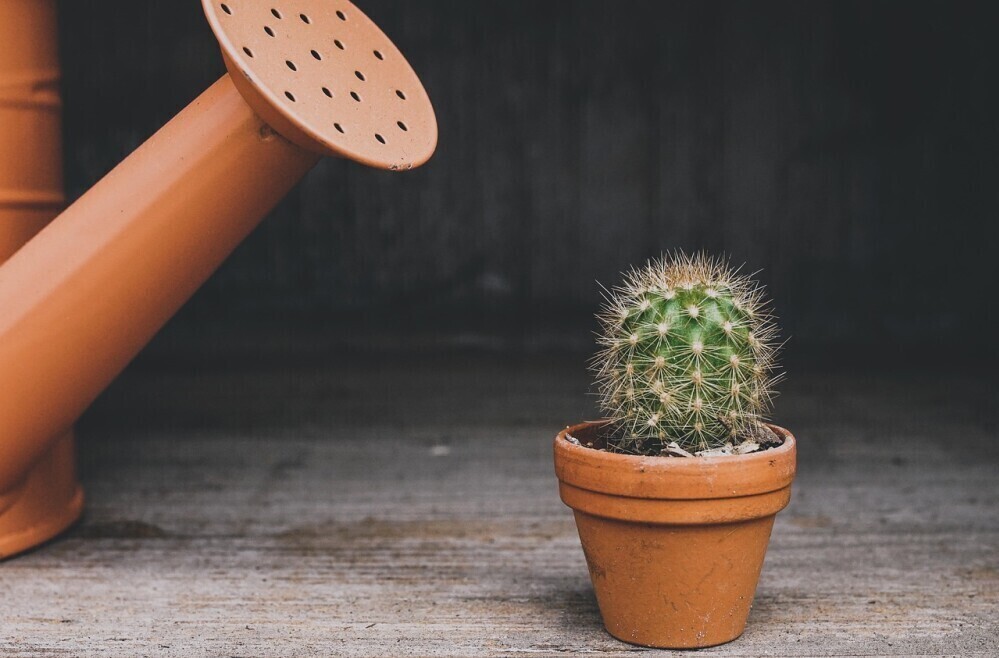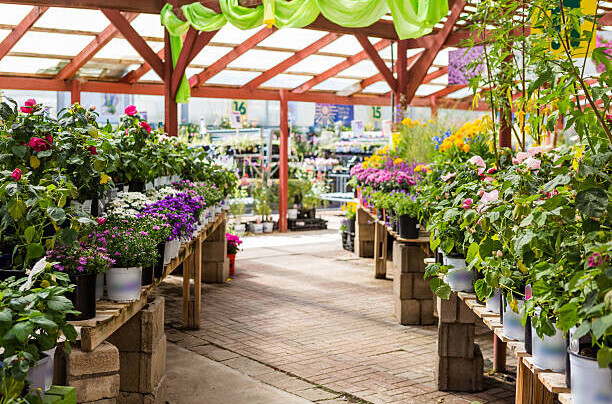Gardening is a rewarding activity, but many new gardeners often face challenges that cause frustration. In this article, I discuss common mistakes when starting a garden and how to avoid them. Whether you’re working with raised beds, containers, or a traditional plot, careful planning and practical tips can help you steer clear of newbie errors while setting a strong foundation for your garden’s success.

Starting Your Garden the Right Way
One of the most frequent pitfalls for new gardeners is trying to do too much too soon. The common mistake of first time gardeners is starting big and ending up overwhelmed by the workload. Instead of a sprawling garden, focusing on a smaller area allows for more control and learning as you grow your skills. In my experience, beginning with a few raised beds or containers and gradually expanding saves time and ensures better care.
Before planting, the first step is checking your garden’s layout. A careful examination of your space lets you determine factors such as sunlight exposure, soil quality, and water availability. This initial step answers the question: What should I do first in my garden? Clearly, planning and preparing the site is essential.
Taking the time to plan avoids the common gardening mistakes that might look trivial at first but can lead to long-term issues. A thoughtful approach not only improves your chances for vibrant, healthy plants, but it also teaches you what works best in your unique environment. By starting small and gradually scaling up, you give yourself the opportunity to learn from each step and adjust your techniques as you gain more confidence.

Common Gardening Issues: Ten Things to Remember
This section outlines the ten most relevant things you should know and share about common mistakes when starting a garden and how to avoid them. Each point describes a mistake, why it happens, and a practical solution to overcome it.
1. Starting Too Big, Too Soon
Mistake: New gardeners often get overly ambitious and plant more than they can manage. Trying to handle a large garden can lead to poor plant care and ultimately ruin your enthusiasm.
Solution: Start with a few raised beds or containers. Focus on a handful of plants you’re excited about and expand gradually as you gain confidence and experience.
2. Ignoring Sunlight Requirements
Mistake: Planting without assessing how much sun each area of the garden receives can leave your plants struggling to grow. Not every plant thrives in full sun, and some need partial shade.
Solution: Spend a day tracking sun exposure in your space. Matching plant selection with specific sun and shade patterns is very important. Consider using sunlight maps or even simple sketches to visualize where different plants will do best.
3. Poor Soil Preparation
Mistake: Many beginners plant in poor or compacted soil without making the necessary improvements. Without rich, well-prepared soil, even the most loving care might not yield good results.
Solution: Test your soil’s pH and nutrient levels before planting. Mix in organic compost or well-rotted manure to improve fertility. In cases where the native soil is very poor, creating raised beds filled with quality soil is a great alternative.
4. Overwatering or Underwatering
Mistake: It can be challenging to find the right watering routine. Some gardeners tend to overwater, while others might neglect watering entirely, causing stress to the plants.
Solution: Understand the water needs of each plant. Use a mulch to help the soil retain moisture, and routinely check the moisture level by sticking your finger into the soil. Gradually establish a watering schedule based on your local weather conditions.
5. Planting at the Wrong Time
Mistake: Sowing seeds or transplanting before the proper season can be disastrous. Planting too early or right in the middle of harsh weather conditions can set your garden back significantly.
Solution: Know your USDA Hardiness Zone or local climate details. Follow seed packet guidelines and be mindful of the last frost date when planting. Keeping an eye on weather forecasts can also help you avoid planting during extreme conditions.
6. Neglecting Spacing Guidelines
Mistake: Crowding plants can restrict airflow and lead to diseases or stunted growth. Overcrowded plants are also more difficult to water and maintain.
Solution: Always follow the spacing instructions provided on seed packets or plant labels. As your plants grow, give them enough room to expand comfortably, allowing light and air to circulate properly.
7. Choosing the Wrong Plants for Your Region
Mistake: Some new gardeners select plants that are not suited to their local climate or soil conditions. This misstep often results in poor growth or a failed garden.
Solution: Choose plants that are either native or well-adapted to your region. Consulting local nurseries or extension services can give you insights into which plants perform best under your specific conditions.
8. Ignoring Pests and Diseases
Mistake: Beginners sometimes overlook pests and diseases while focusing on planting and watering. This neglect can allow minor issues to escalate into major problems.
Solution: Regularly inspect your plants for signs of pests, fungi, or diseases. Encouraging beneficial insects like ladybugs and using companion planting strategies can help control potential outbreaks naturally.
9. Not Labeling Plants
Mistake: It can be easy to forget what was planted where, especially during the early seedling stages. This confusion might lead to misidentifying plants and applying the wrong care in the future.
Solution: Use garden markers or labels for each plant type. Keeping a gardening journal or a digital log that records each species, their planting date, and location can be incredibly helpful over time.
10. Lack of Long-Term Planning
Mistake: Failing to consider how plants will grow over time can result in crowded gardens or even plant failure. Some plants spread aggressively while others may not reach their full potential in a constrained space.
Solution: Before planting, research the eventual size and spread of your chosen plants. Plan for seasonal rotations and consider the mature form of each species when drafting your garden layout. This foresight will help prevent future overcrowding and maintenance issues.
Essential Garden Setup and Planning
For beginners looking to start a garden, understanding the basics is vital. Before you even buy a seed packet, ask yourself, ‘What should I do first in my garden?‘ This question can simplify your planning process. Begin by assessing your space. Make note of where sunlight falls throughout the day and check the quality of your soil. A simple soil test is a cost-effective way to understand what your soil needs. Beyond that, sketch out a rough plan for garden beds. Even a basic drawing can keep you organized and help you avoid planting mistakes later on.
Another important factor in setting up your garden is choosing the right location. It is best to start a garden in an area where you have easy access, especially if you need to tend to your plants frequently. Starting near your house allows you to monitor conditions and make adjustments as necessary, which can help prevent potential issues from escalating over time.

Tips for Avoiding Gardening Errors
There are several ways to improve your garden setup and avoid common gardening errors. Here, I share some practical starting tips for successful gardening:
- Begin with a checklist: Having a start-a-garden checklist ensures you cover everything from site preparation to maintenance plans. This checklist can include soil testing, selecting plants, and reading care instructions.
- Plan your layout carefully: Think about how tall each plant will get and how much space they need once mature. This careful planning avoids overcrowding and keeps your garden organized.
- Make room for experimentation: A smaller garden means you can experiment with different planting techniques without causing widespread problems. Over time, this experimentation builds your expertise as you learn what works best in your specific conditions.
- Be mindful of water management: Develop a watering plan based on the needs of your plants and the local climate. Overwatering is a common mistake when growing plants, so consider installing a drip irrigation system if necessary.
- Use natural pest control: Instead of quickly reaching for chemical solutions, try companion planting or introducing beneficial insects. This method goes well with sustainable gardening practices and minimizes issues over time.
Following these tips for successful gardening provides a strong foundation for a beautiful garden. By avoiding early mistakes, you’ll set yourself up for success and enjoy gardening more fully as you gain new skills and insights.

Garden Planting Mistakes: What Not to Do When Growing Plants
New gardeners often ask, ‘What not to do when growing plants?’ The answer lies in avoiding overcorrection. For example, overwatering can cause root rot, while giving too little water dries out your plants. Another common mistake is mismatching soil and plant needs, which stunts growth or makes plants more vulnerable to disease.
Also, avoid placing incompatible vegetables next to each other. A frequently asked question among gardeners is: What vegetables should not be planted next to each other in a garden? Generally, tomatoes should be kept away from potatoes. Beans and onions are also best kept apart because they might compete for soil nutrients or even stunt each other’s growth. Planning your garden layout carefully helps prevent these issues and ensures your plants have enough resources to thrive.
In short. Avoid making hasty decisions based solely on impulse. Instead, opt for methodical planning and check in on your plants regularly to catch any potential issues before they develop into significant problems.

Gardening Best Practices and Advanced Strategies
Once you’re comfortable with managing the basics, expanding your gardening knowledge can lead to even richer harvests. Here are some advanced tips that focus on gardening best practices and help you avoid common errors:
Understand Plant Interactions: Aside from incompatible vegetable pairings, some plants thrive when grown together. For instance, basil can help improve the flavor of tomatoes when planted nearby. Researching companion planting can lead to a more resilient garden and better plant performance overall.
Implement Rotation: Crop rotation is very important to prevent soil depletion and reduce pest buildup. Rotating crops each season keeps the soil healthy and minimizes common issues related to nutrient overuse in one spot.
Keep a Gardening Journal: Writing down your observations—what works, what doesn’t, and how each plant performs—can provide invaluable lessons for future seasons. This record helps you avoid repeating beginner errors while paving the way for continual improvement.
Learn from Local Experts: Many regions offer workshops or local gardening clubs that share tips tailored to your climate. Sharing experiences with fellow gardeners is a valuable way to pick up insights and supplement your garden beginner advice.
By embracing these strategies, you not only prevent common garden planting mistakes but also set the stage for a thriving garden. Paying close attention to water management, soil enrichment, and plant compatibility assures a resilient and productive space.
Sustainable Gardening Practices for a Greener Future
Beyond the fundamental and advanced strategies already mentioned, there is a growing emphasis on sustainable gardening practices that benefit both your garden and the environment. Many modern gardeners are integrating organic methods and environmentally friendly techniques to nurture a healthier ecosystem. One effective way to do this is to use natural compost and mulch, which not only enriches the soil but also helps in water retention. By making use of organic fertilizers and practicing minimal use of chemical products, you contribute to a safer and more sustainable garden environment.
Another aspect to consider is managing waste. Composting kitchen scraps and garden trimmings can supply valuable nutrients back into the soil. This process creates a cycle of natural growth that reduces waste and supports your garden’s overall health. Additionally, water conservation methods — such as installing rain barrels or employing drip irrigation — can significantly cut down on water usage. These practices are not only good for your garden but also for the broader environment, ensuring that your green space remains both productive and eco-friendly.
It is also important to get involved with local gardening communities. Whether through social media groups or in-person workshops, sharing sustainable practices can help spread the word about eco-friendly gardening. Connecting with others who are passionate about green practices provides opportunities to exchange ideas and learn new techniques that might be perfect for your specific conditions. This mutual support network is invaluable as it helps everyone raise their gardening game while also looking after the planet.

Frequently Asked Questions
Now let’s tackle some often-asked questions about starting a garden and avoiding common mistakes:
Question: What is the most common mistake of first time gardeners?
Answer: The most common mistake is starting too big, too soon. Many new gardeners get overwhelmed by an ambitious setup. Beginning with a smaller garden lets you learn at a comfortable pace.
Question: What vegetables should not be planted next to each other in a garden?
Answer: Incompatible pairings include tomatoes with potatoes, as well as beans with onions. These combinations can lead to nutrient competition and increase the risk of disease or stunted growth.
Question: What should I do first in my garden?
Answer: Start by assessing your garden space. Check sunlight patterns, soil quality, and water availability. Planning your layout and preparing the soil are key steps before you begin planting.
Question: What not to do when growing plants?
Answer: Avoid overwatering or neglecting watering, especially in the early stages. Don’t overcrowd your plants, and make sure not to ignore the specific needs of each species. Learning about proper spacing and care for different plants prevents many issues.
Additional Insights and Reflections
Gardening is a dynamic adventure full of lessons learned through trial and error. As you work through the initial setup, remember that every garden has its own personality. There will be times when unexpected weather forces you to switch up your watering schedule or rethink your plant selections. By taking detailed notes in your gardening journal and observing changes in plant behavior, you gradually build an all-in-one reference of what works best in your unique setting. These insights not only help you outsmart common pitfalls but also encourage you to experiment with new techniques.
Invest some time in reading up on local agricultural trends and seasonal tips. Sometimes local garden centers or community workshops share next-stage advice that can really take your garden to a higher level. There is always something new to learn, and every season brings an opportunity to test and adjust your methods. This ongoing process makes gardening not merely a hobby, but a fulfilling ride that evolves as you grow as a gardener.
It is also very important to maintain patience and flexibility. As your garden matures, the challenges may shift and new issues might emerge. However, by keeping an eye out and consistently revisiting your garden plan, you ensure long-term success. Remember that every setback is a chance to learn and every bloom is a sign of your hard work paying off.

Wrapping Up
Gardening offers plenty of joy and fulfillment, yet starting a garden without proper planning can lead to common gardening errors that may hinder your success. By understanding and avoiding mistakes such as starting too big, overlooking sunlight requirements, or failing to prepare your soil, you set yourself up for a rewarding experience. The key to gardening success is a blend of careful planning, regular observation, and informed decision-making based on your environment.
Using a start-a-garden checklist and following garden planting mistakes advice can help you build a space that is both enjoyable to maintain and bountiful in yield. Every garden is a work in progress, and each season brings new learning opportunities. Keep experimenting and gradually expanding your garden as you become more comfortable. In time, you’ll develop advanced strategies that mix well with proven gardening best practices. Happy gardening, and may your garden thrive as you sidestep common pitfalls and celebrate the fruits of your labor!


This was such a helpful read! I’ve never really had a green thumb, but now that my kids are grown and I have more time on my hands, I’ve been thinking about starting a small garden. I appreciate how clearly everything was explained, especially the advice about starting small and not rushing into a huge project. The reminders about sunlight, spacing, and even labelling plants are things I wouldn’t have thought of on my own. This post gave me the confidence to take that first step without feeling overwhelmed. Thank you for the practical tips and encouragement!
Thank you so so much for your kind words! I’m truly glad to hear that the post resonated with you and helped boost your confidence. Gardening is such a rewarding journey, and it’s wonderful that you’re taking this new chapter in life to explore it. Starting small and giving yourself space to learn and grow—just like your plants—is exactly the right approach. If you ever have questions along the way or need a little guidance, don’t hesitate to reach out. Wishing you lots of joy and discovery in your new garden!
This post is a solid guide for anyone just starting out with gardening. It talks about the common mistakes that many beginners make and offers simple, practical advice to avoid them. The idea of starting small is a great tip – it’s easy to get excited and bite off more than you can chew, but focusing on a few plants at first gives you a chance to learn without feeling overwhelmed. I also like how the author suggests things like checking soil quality and tracking sunlight. It’s all about planning ahead!
Thank you so much for the thoughtful feedback! I’m really glad you found the post helpful. You’re absolutely right—starting small and planning ahead can make all the difference when you’re just getting into gardening. It’s easy to get caught up in the excitement, but taking time to understand your space, soil, and sunlight sets you up for long-term success. I’m thrilled the tips resonated with you, and I hope they help make your gardening journey enjoyable and rewarding. Don’t hesitate to reach out if you ever have questions or want to share your progress—I’d love to hear about it!